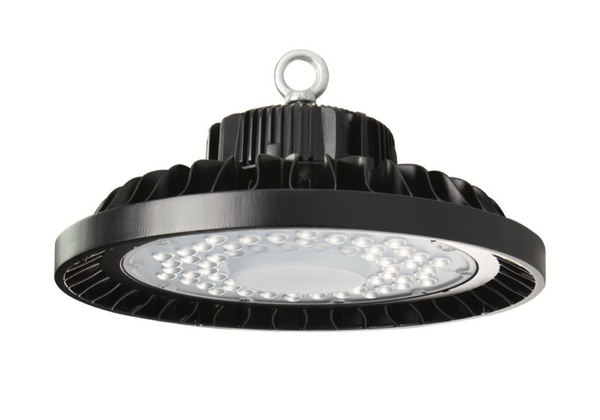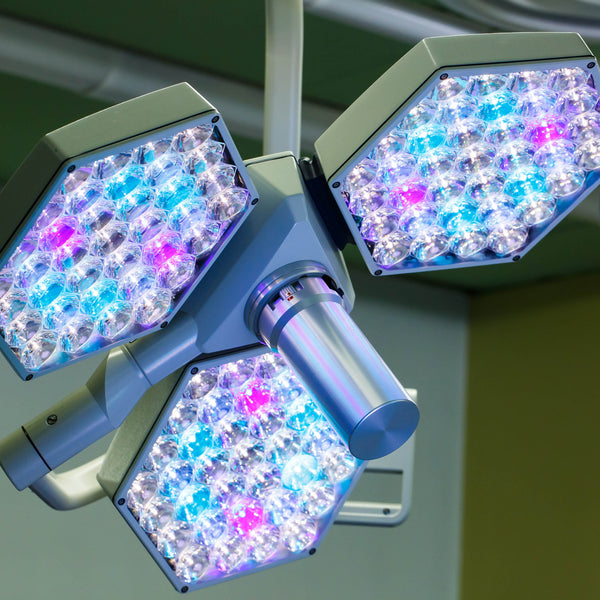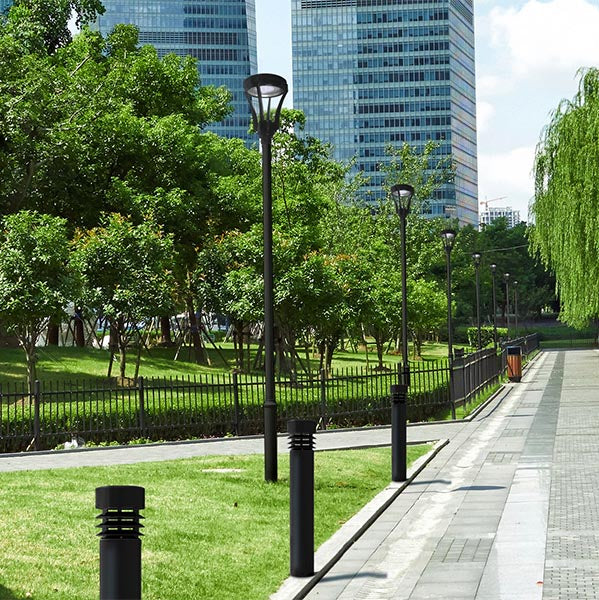Decorative Bollards are changing the landscape of college campuses

March 9, 2018
College campuses resemble small townships. Apart from the main learning center and students’ dorms, stores, banks, restaurants, entertainment districts, sports arcades, and business offices are also found on campus premises.
The high footfall and traffic in college campuses call for a well-planned infrastructure that ensures safety and efficient traffic management. Decorative LED bollards not only demarcate off-limit zones but also look aesthetically pleasing. They have indeed changed the landscape of college campuses.
What are Decorative Bollards?
Decorative or ornamental bollards are short posts, usually 32”-52” tall. These are installed outdoors to control traffic flow and demarcate areas for vehicular or pedestrian traffic. LED bollards, have bright LED lights that glow in the dark and consume far less energy than regular pathway lights.
Using decorative bollards, campus authorities and planners can communicate their traffic expectations to vehicles moving on premises. Decorative bollards look beautiful, consume less power, and help orderly traffic flow without human intervention.
Since each college campus has unique requirements, we have listed for you a brief description of the different types of bollards available and installation tips.
Read our detailed bollard catalog to narrow down your choices and make sure to choose one that is best suited for your campus.
Landscaping Bollards
College campuses are adorned with beautiful architectural structures, landscape greens, fountains, and works of art. Simply putting a “Keep OFF” sign may not be effective in keeping people and vehicles away from these areas.
Landscape bollards linked together with ornamental chains that can be used as a visual perimeter around these places. Removable or fixed mounting options are available along with these corrosion-resistant bollards.
Bike Parking Bollards
Regular bollards with U-locks or arms are ideal for locking bikes in parking areas. Putting up bike parking bollards is an effort of campus authorities to promote green transportation and healthy lifestyle choices.
Decorative Bollards for Securing Assets
Traditional security bollards were sturdy but unattractive posts filled with concrete. But now decorative covers can be used to encase these bollards to enhance their aesthetic value. These bollards can be made of aluminum, iron, or even plastic. They are fortified for extra strength, withstanding high-impact collisions and ramming accidents. Keeping your campus safe from untoward incidents.
Safety Bollards
Safety bollards are visual deterrents that keep pedestrians and vehicles off walkways, green belts, and risky areas. For example, bright safety bollards may be put up in slippery, ice-laden places that can be risky for pedestrians and vehicles. These can be of the fixed or retractable kind. Plastic sleeves on bollards are an inexpensive way to enhance their visibility and protect them from natural elements such as rain and snow.
Flexible Bollards
Bendable bollards can bend by up to 90° to reduce the impact of collisions. They are ideal for guiding vehicular traffic along correct routes or driving lanes. Retractable bollards placed close together ensure no vehicles can pass through and orderly traffic flow is maintained. Removable bollards should be used where seasonal or temporary access needs to be granted to pedestrians or vehicles.
Flexible bollards are often seen near toll booths to keep vehicles from switching lanes and to slow down vehicles as they approach toll collection structures.
Tips for Installing Bollards
-
Determine the intended function and surface type where bollards are to be installed. Decide the type of bollard that's required depending on whether the aim is to restrict traffic, deter pedestrians, enhance perimeters or use to guide traffic.
-
For installing bollards on new concrete, put an embedded anchor casting and thread the bollard rod through the casting. For old firm concrete, use a concrete drill or adhesive applicator. Also, opt for a retrofitted metal insert.
-
Before installing retractable bollards, take into account the need for locker mechanisms and receiver covers. Ensure that all receiver covers are flushed to the ground and facing the same direction.
-
Installing and removing bollards can be a laborious process. Lifting heavy bollards on to their mountings can cause work injuries such as muscle spasms and backaches. Take sufficient safety precautions to protect workers and prevent product damage.
-
Powder-coated bollards should be protected from scrapes and dents. Keep their metal casing intact until the time of installation. During installation, cushion the powder-coated parts on foam layers or a non-abrasive material to prevent damage. Avoid dragging these scratch-prone parts on concrete or asphalt surfaces.
- Touch up abrasions on bollard parts to keep them from getting rusted.
Installing bollards and path lights is a cost-effective measure to protect property, manage traffic, and safeguard students and vehicles from serious accidents.



